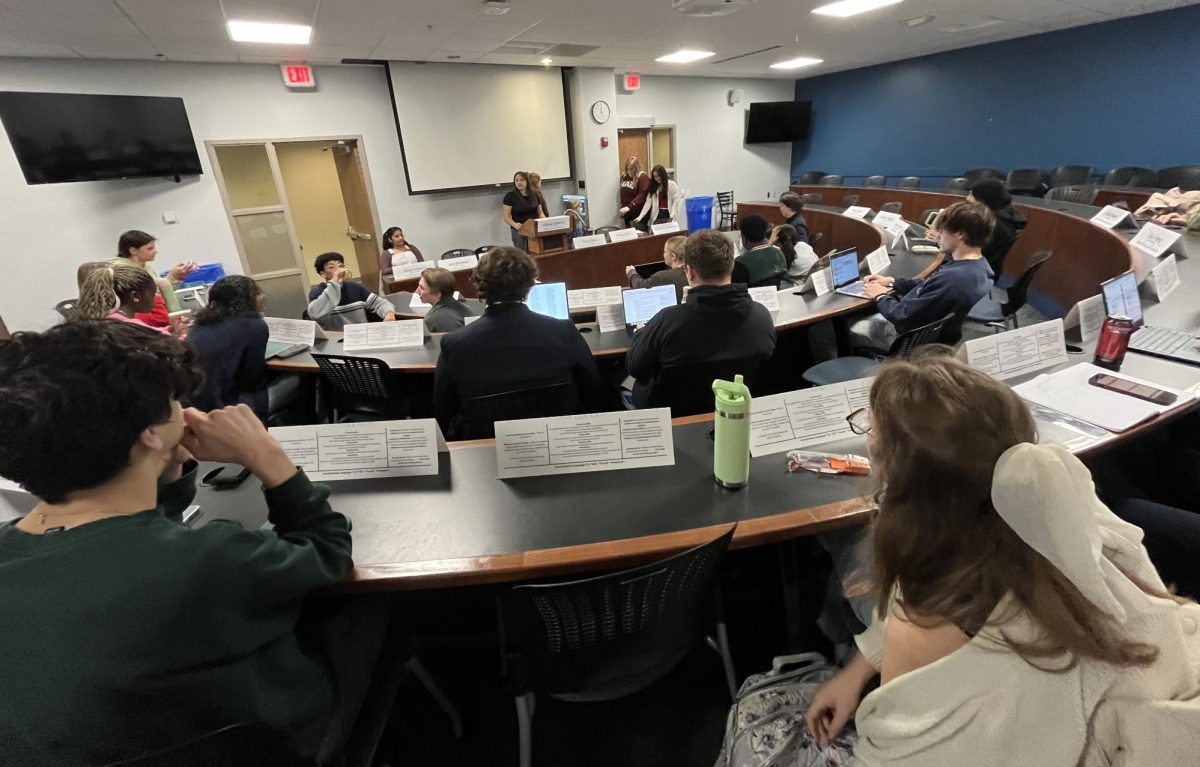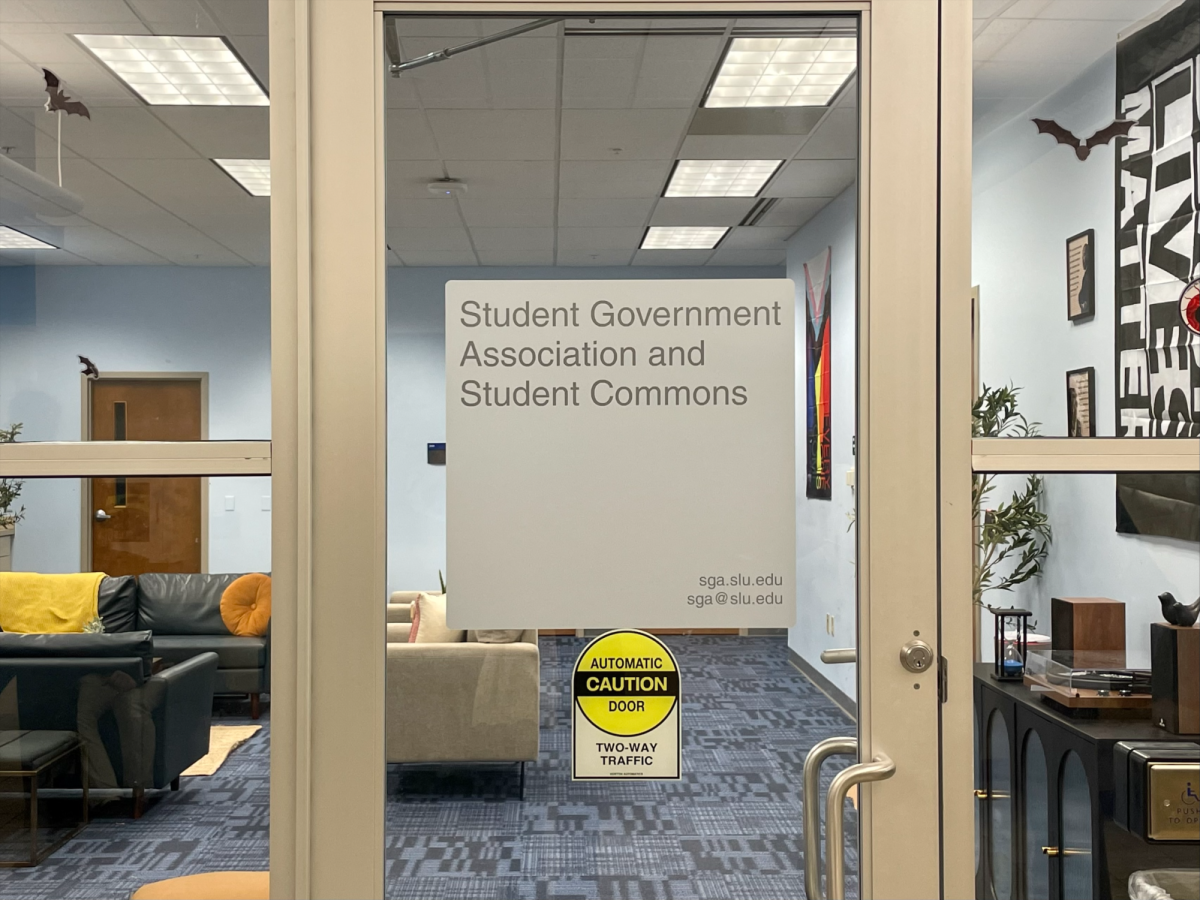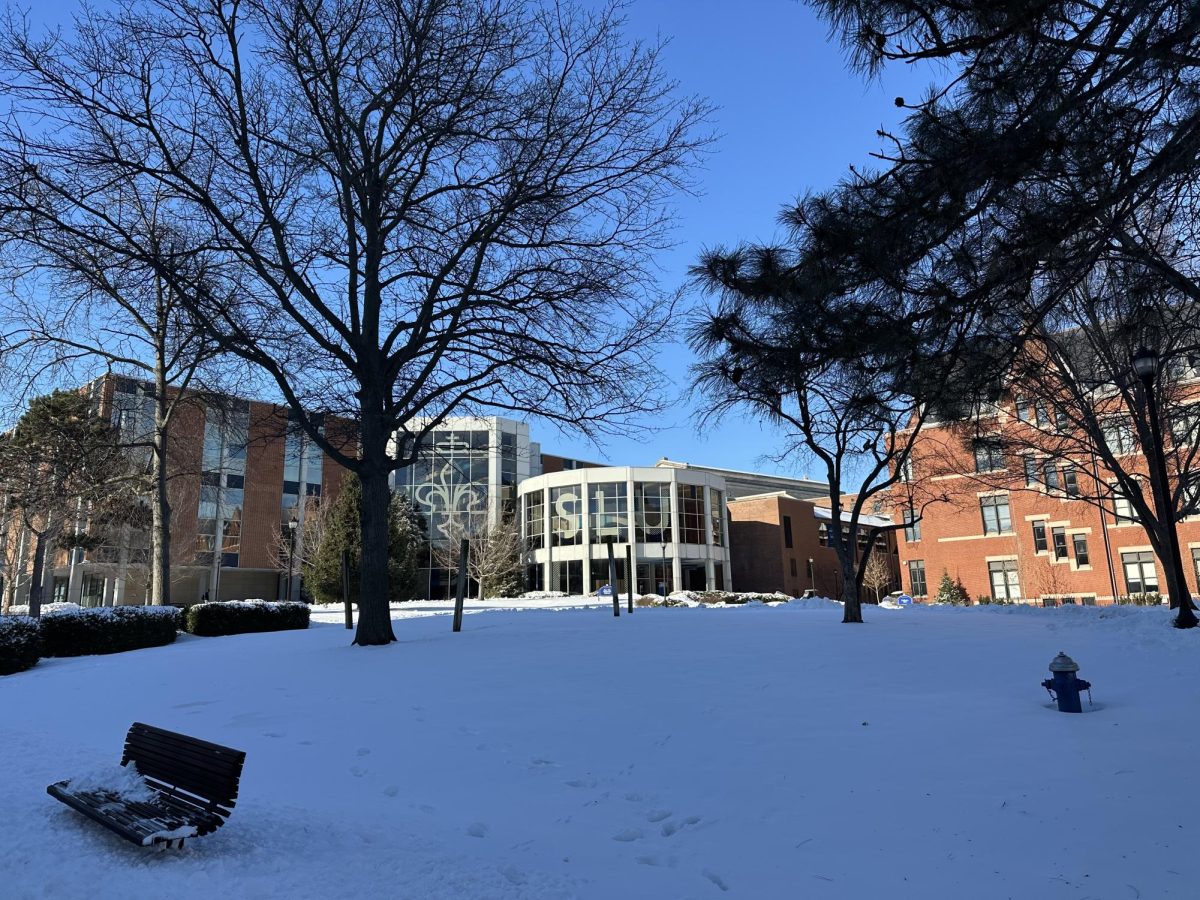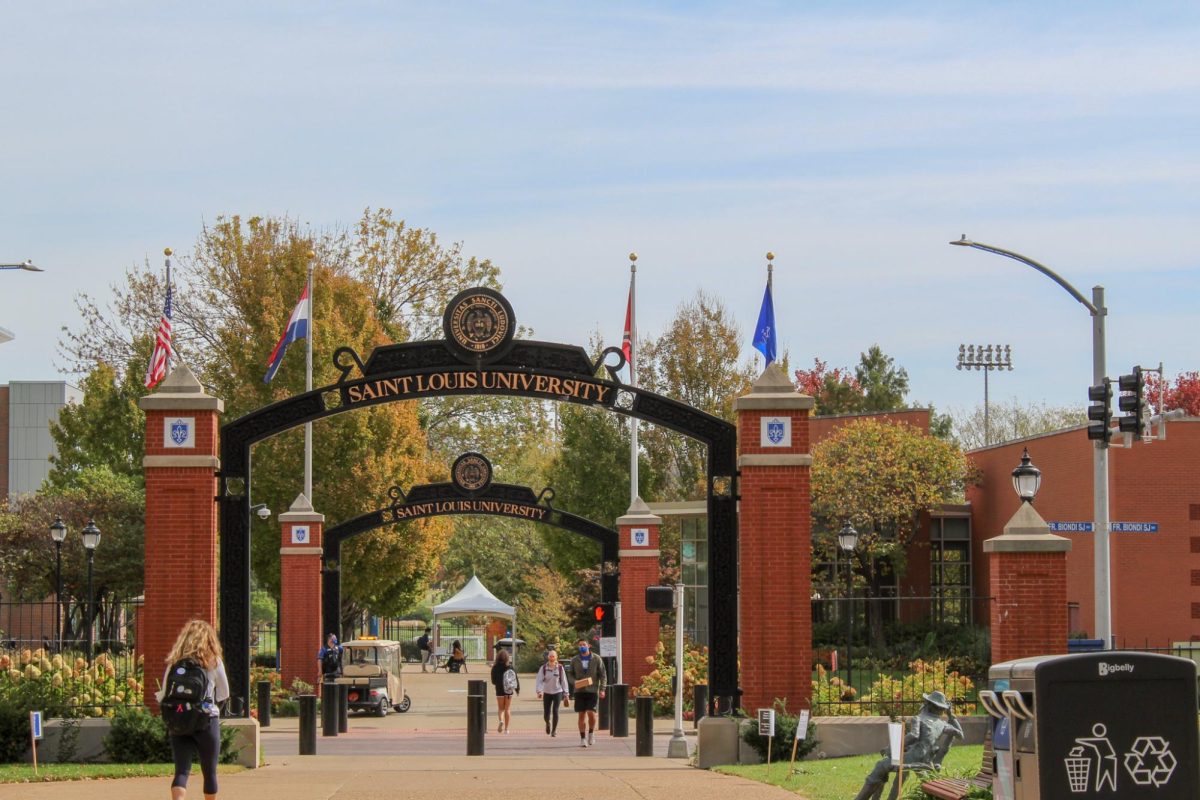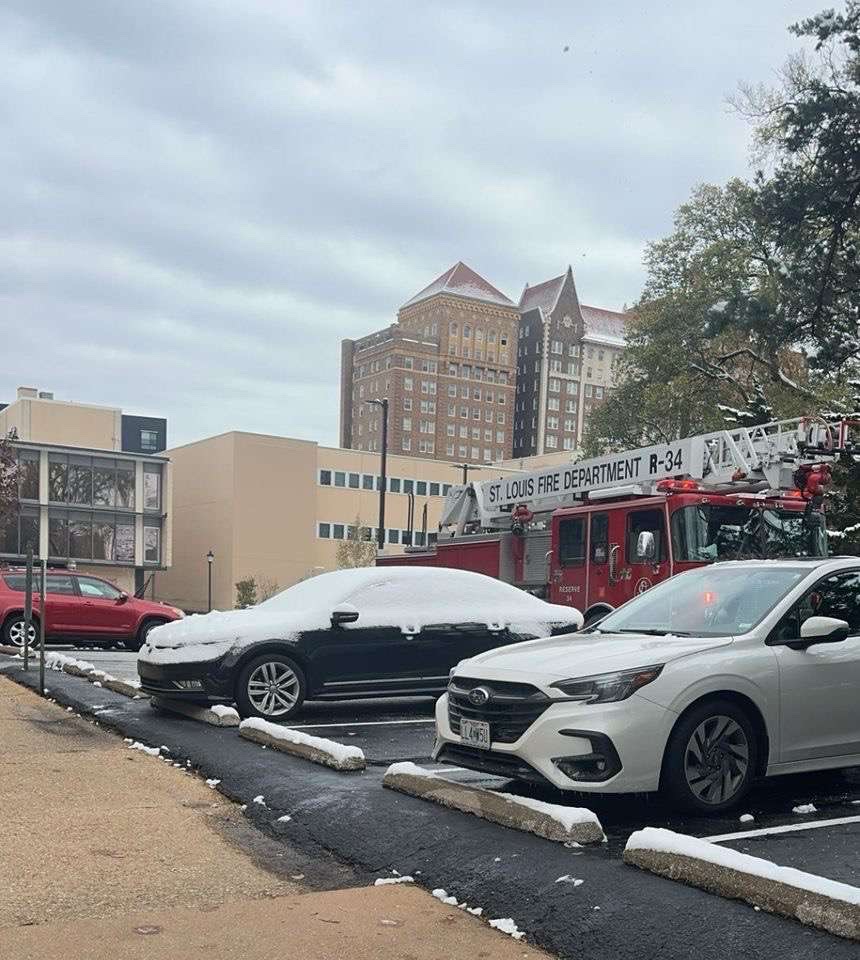What do the Australian outback, the Swiss Alps, the Italian Pyrenees, and the Canadian Rockies all have in common?
No, they are not the locations where the next “Survivor” series will be held. They are just some of the mountain ranges that faculty member David Kirschner has visited and studied.
Kirschner is an associate professor in the department of Earth and Atmospheric Sciences who specializes in structural geology. He is also the instructor for a honors SLU 2000 course about water that began last fall.
The SLU 2000 project is an initiative designed to elevate the level of education offered at the University.
Part of this project is aimed at specifically improving undergraduate education by offering special “SLU 2000 courses” that have smaller class sizes, increased teacher interaction, and critical thinking.
The task of creating and teaching the first SLU 2000 course in the EAS department fell to Kirschner, who embraced the idea.
“It is a great program. This initiative allows students to have a greater opportunity to interact in an intimate classroom setting,” said Kirschner.
The class he taught discussed water and its use as a resource. The thirteen freshman in the class learned about topics like water treatment, flood control, and water shortages in California. The course will be offered again in the fall of 2001 and will be opened up to sophomores and non-honors students as well.
Kirschner said, “Water is such an important subject matter for the livelihood of humanity.”
However, many students voiced concerns about the large workload of the class last semester.
Paul Stoehr, a freshman in the class, said, “At times the workload seemed oppressive, but now I appreciate having that experience because my writing greatly improved as a result.”
Kirschner has taken these suggestions in stride and plans to significantly reduce the amount of writing required for next semester’s class.
According to Stoehr, it was easy to recognize the large amount of work Kirschner put into the class. He was also impressed with Kirschner’s qualifications.
Stoehr said, “Professor Kirschner really knew what he was talking about. We were able to see some of his research and it was very professional and very well done.”
Kirschner’s work has developed over the years. He began researching as a graduate student at the University of Minnesota. After that he did post-doctorate work at a geochemistry lab in Lausanne, Switzerland.
He was eager to join Saint Louis University’s geology department, though, because he believes that it has a strong history of research, especially in the area of earthquake generating faults.
In order to research what causes these faults to create earthquakes, however, the rocks that make them up must be studied. It just so happens that the best places to study these rocks are some of the most beautiful and impressive mountain ranges in the world.
“I need to travel a lot to do field work,” Kirschner said. “Mountain ranges [like the Rockies or Alps] provide some really gorgeous examples of geology.”
For his doctoral research, Kirschner worked in the Australian outback, which was a very active fault region 600 million years ago.
While Kirschner was studying the region, he would sometimes spend up to week without seeing another person in the harsh setting.
He learned many lessons about field work the hard way. He said, “Sometimes I’d be out hiking too long and I couldn’t get back to camp before it got dark out. I would have to throw rocks in front of me in the dark to gauge where the cliffs were.”
Even now, Kirschner continues to balance his teaching with research and field work.
He added, “I’m especially excited about the work I am doing about the causes of earthquakes in California fault systems. This is research that is more relevant to today’s society than some other types of research. Earthquakes like the recent one in Seattle can easily cause a lot more damage and even loss of life.”
Kirschner is quite pleased with teaching and working at the University, as well.
“The University is moving in the right direction. It is providing faculty with the resources with programs like SLU 2000 so that they can succeed in reaching the students,” Kirschner said.



